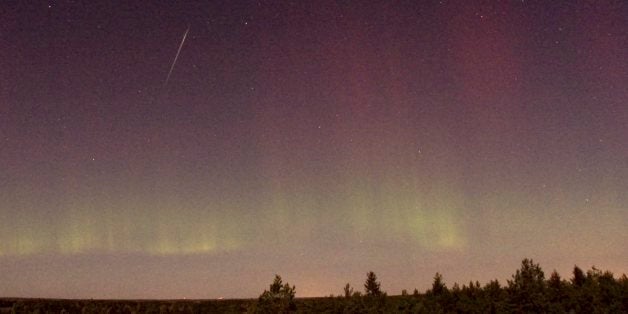
Tonight's Draconid meteor shower may be one of your best -- and most convenient -- opportunities to see such a celestial phenomenon for the rest of the year.
Most meteor showers peak in the wee hours of the morning, but the Draconid meteors are generally best observed in the early evening. In the U.S., the best viewing time for the Oct. 7 shower should be just after sunset, USA Today reported.
This year, the moon is waxing -- and therefore not likely to shine brightly enough to obscure the shower. Skywatchers can optimize their viewing experience by staying away from bright lights and letting their eyes adjust to the darkness for at least 20 minutes before scanning the sky.
The Draconid shower takes its name from the constellation Draco, or Dragon. The annual October event occurs when the Earth travels through dust and ice trailing from the Comet Giacobini-Zinner, according to Discovery News.
The Draconids have been known to produce exciting displays. In 2011, a dazzling 600 meteors per hour could be seen by those watching in Europe.
Anyone lucky enough to be gazing skyward during the 1933 and 1946 showers was treated to an especially impressive show -- those Draconids reportedly produced more than 10,000 streaking points of light per hour.
The meteor shower also will be visible Oct. 8.
